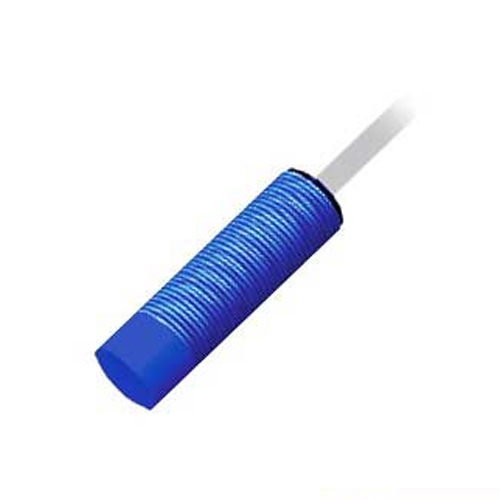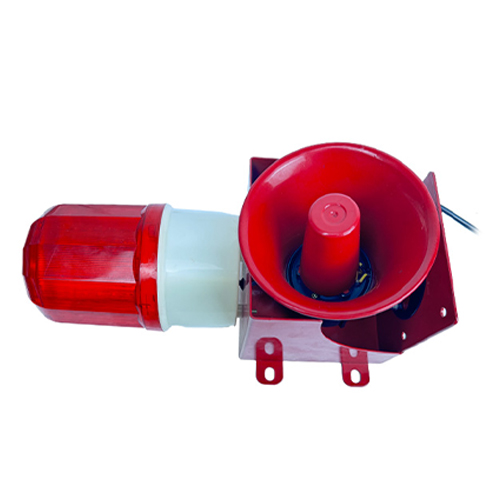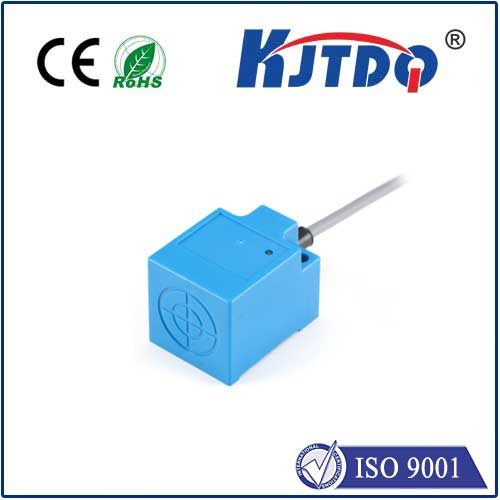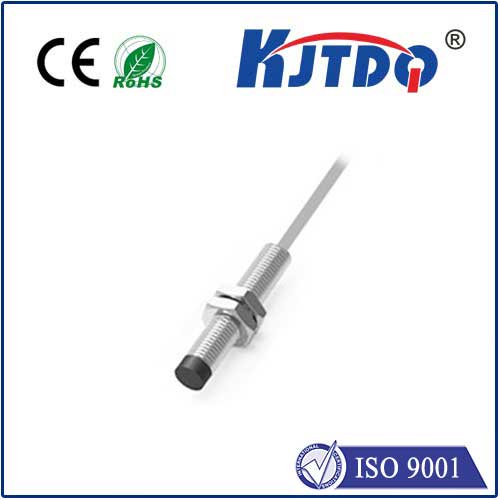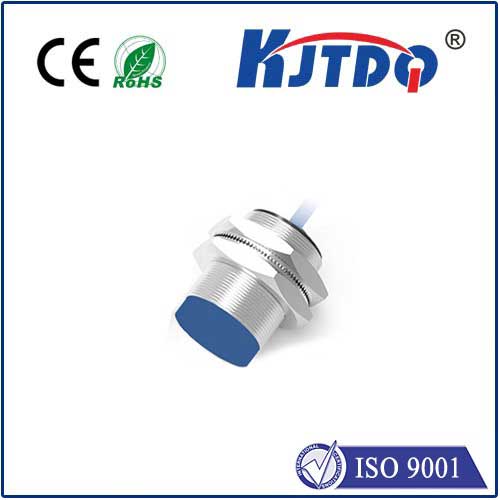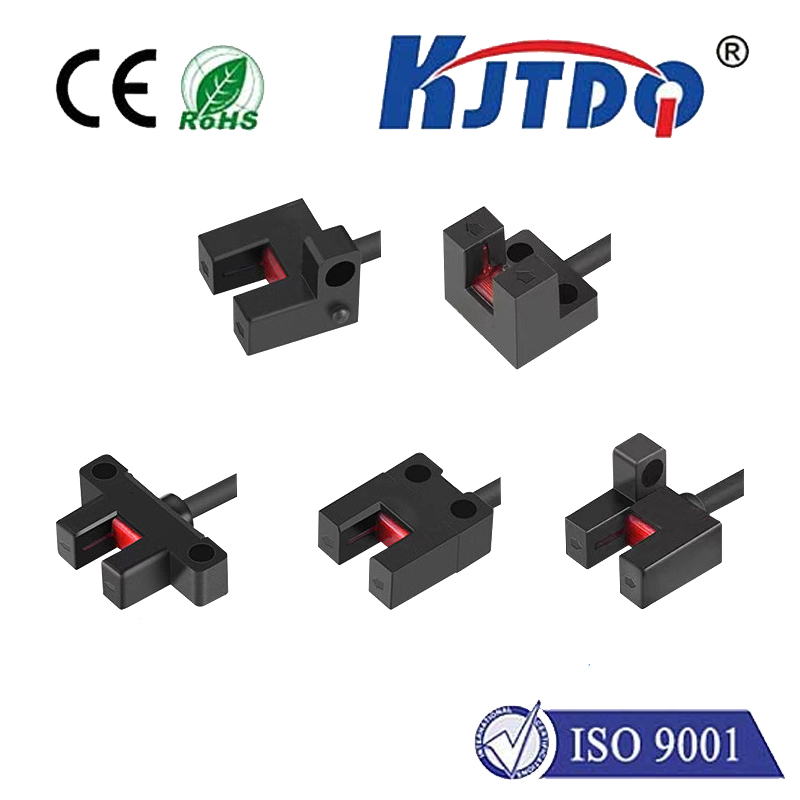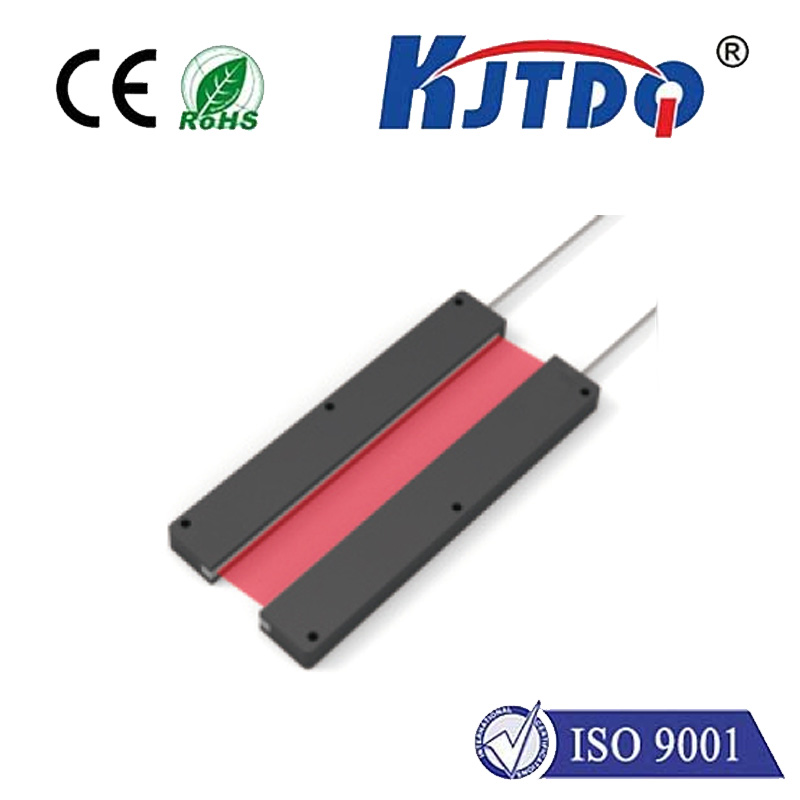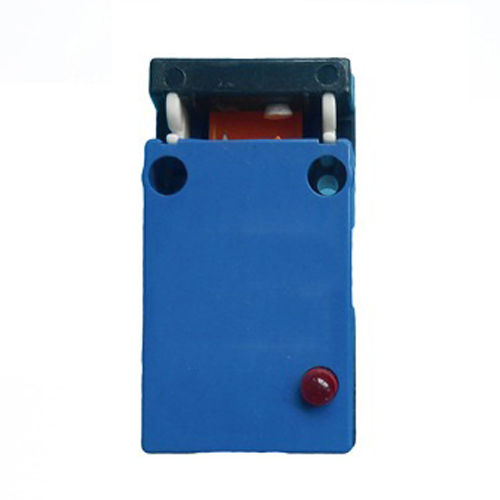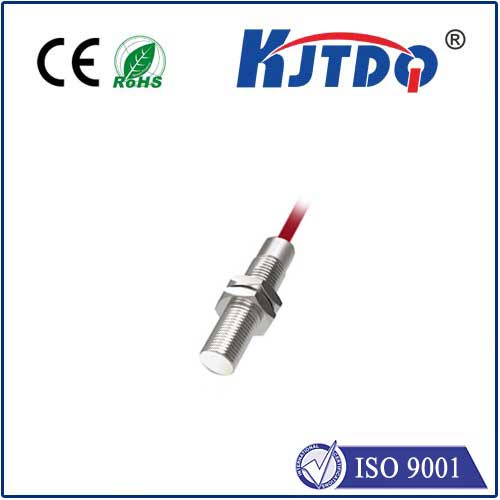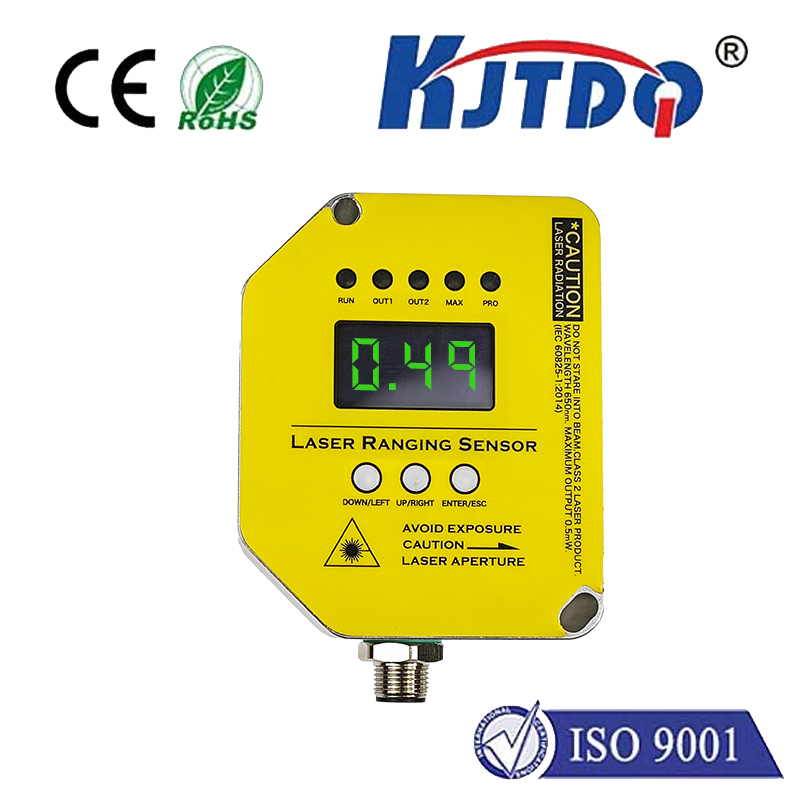отражатель фотоэлектрического датчика
- time:2025-09-10 19:03:10
- Нажмите:0
Photoelectric Sensor Reflectors: The Precision Edge in Industrial Detection
Amidst the clatter of a factory floor, the precise detection of objects is paramount. A stray pallet, a missing component, or an incorrectly positioned item can halt production lines and incur significant costs. Enter the powerful duo: the Фотоэлектрический датчик and its often-overlooked but crucial partner, the reflector. Together, they form a reliable, long-range, and cost-effective sensing solution vital to modern automation. Understanding how retro-reflective photoelectric sensors work with specialized reflectors unlocks their significant potential for enhancing accuracy and efficiency across countless applications.
The Core Principle: Light Sent and Returned
At its heart, a retro-reflective photoelectric sensor operates on a deceptively simple principle:
- Emission: The sensor unit houses an emitter (typically an LED, often infrared or visible red for longer range) that projects a beam of light.
- Reflection: This beam travels through the air towards a strategically placed reflector. This isn’t just any mirror; it’s a trihedral corner cube reflector or an array of them.
- Retro-Reflection: This is the magic. Trihedral reflectors are designed specifically to bounce the incident light beam straight back along its original path, regardless of the reflector’s slight angular misalignment relative to the sensor. This ensures the strongest possible return signal.
- Reception & Detection: The sensor unit also houses a receiver component. When the target object is not present, the receiver detects the strong retro-reflected beam. When the target object does enter the beam path, it blocks the light from reaching the reflector, preventing the strong return signal. The sensor detects this drop in received light intensity and triggers its output signal accordingly (e.g., switches state).
Why Choose the Sensor + Reflector Combo?

Compared to other photoelectric sensing modes, the retro-reflective setup offers distinct advantages:
- Simplified Wiring & Installation: Unlike through-beam sensors (which require a separate emitter and receiver unit facing each other, with wiring at both ends), the sensor + reflector setup only requires power and output wiring at the sensor location. The reflector is a passive, unpowered component. This drastically reduces installation complexity and cost, especially over long distances.
- Excellent Long-Range Capability: Retro-reflective sensors are renowned for their ability to detect objects over significant distances – often many meters – far exceeding the typical range of diffuse sensors (which rely on light bouncing directly off the target object).
- Reliable Detection: Provides a strong, consistent signal when unobstructed due to the efficient return path.
- Cost Efficiency: Utilizing a single, wired sensor unit paired with inexpensive reflectors is generally more economical than deploying paired through-beam sensors, particularly for multiple detection points.
The Reflector: More Than Just a Mirror
The effectiveness of the entire system hinges on the specialized reflector:
- Trihedral Corner Cube Design: This unique geometry ensures the light is reflected directly back to its source even if the reflector isn’t perfectly square to the sensor. This provides crucial alignment tolerance, making setup and maintenance easier.
- Materials & Durability: High-quality reflectors are typically made from robust materials like coated acrylic or polycarbonate, designed to withstand industrial environments – resistant to impacts, dust, dirt, washing, and often UV degradation.
- Polarization Filters (Crucial for Shiny Targets): A common challenge is detecting highly reflective targets (like polished metal, glass, or plastic wrapping). Standard retro-reflective sensors might misinterpret light bouncing off the shiny target itself as the reflector’s return beam, causing a false “clear” signal. Polarized retro-reflective sensors solve this elegantly:
- The sensor’s emitter emits polarized light (light waves oscillating in a specific plane).
- А.polarization filter is integrated into the reflector.
- This filter rotates the plane of polarization of the returning light by 90 degrees.
- The sensor’s receiver also has a polarization filter, oriented to match this rotated polarization.
- Result: Only light that has travelled to the reflector and back (and thus been rotated) can pass through the receiver’s filter. Light bouncing off a shiny target won’t be rotated and is blocked by the receiver’s filter, ensuring reliable detection of reflective objects. This ability is a major differentiator for these systems.
Key Specifications Defining Performance
Selecting the right sensor and reflector involves considering several vital parameters:
- Sensing Range: The maximum reliable distance between the sensor and the reflector.
- Beam Intensity: Stronger beams generally allow for longer ranges and better performance in dusty or misty conditions.
- Alignment Tolerance: How much the reflector can be angled relative to the sensor before signal loss occurs. Trihedral reflectors inherently offer good tolerance.
- Environmental Ratings: Look for appropriate IP ratings (Ingress Protection - e.g., IP67, IP69K) to ensure resistance to dust and water for the specific operating environment. Temperature ranges are also crucial.
- Light Source: Infrared (longest range, invisible) or visible red (easier alignment).
- Output Type: Typically NPN, PNP transistor outputs, or relay contacts, chosen based on the control system (PLC, relay).
- Response Time: How quickly the sensor reacts to the beam being interrupted.
- Housing Material: Metal or industrial-grade plastic for durability.
Where Sensor + Reflector Systems Shine (Applications)
The robustness, long-range capability, and ease of installation make reflector-type photoelectric sensors indispensable across diverse sectors:
- Material Handling & Logistics: Detecting pallets, boxes, and totes on conveyors, verifying presence at sorting gates, monitoring filling levels (by detecting absence of material blocking reflector view), and triggering gates/doors.
- Packaging Machinery: Verifying carton presence for case erectors and sealers, detecting missing products in trays or flow wrappers, bottle/cap presence detection.
- Automotive Manufacturing: Part positioning on assembly lines, robot cell safeguarding (entry/exit detection), component verification.
- Food & Beverage: Bottle/can presence detection on filling and labeling lines, case counting, level detection in hoppers (via reflection off an opposite wall or target).
- Building Automation & Security: Automatic door safety edges (detecting obstruction), elevator door safety, long-range presence detection in warehouses.
For engineers and system integrators seeking a reliable, cost-effective, and long-range detection solution, the combination of a retro-reflective photoelectric sensor and a quality reflector remains a cornerstone technology. Its inherent simplicity, aided by advanced features like polarization for tricky targets, delivers consistent performance where precision and reliability are non-negotiable. Understanding the synergy between the sensor and its passive optical partner is key to unleashing the full potential of this versatile industrial sensing strategy.

